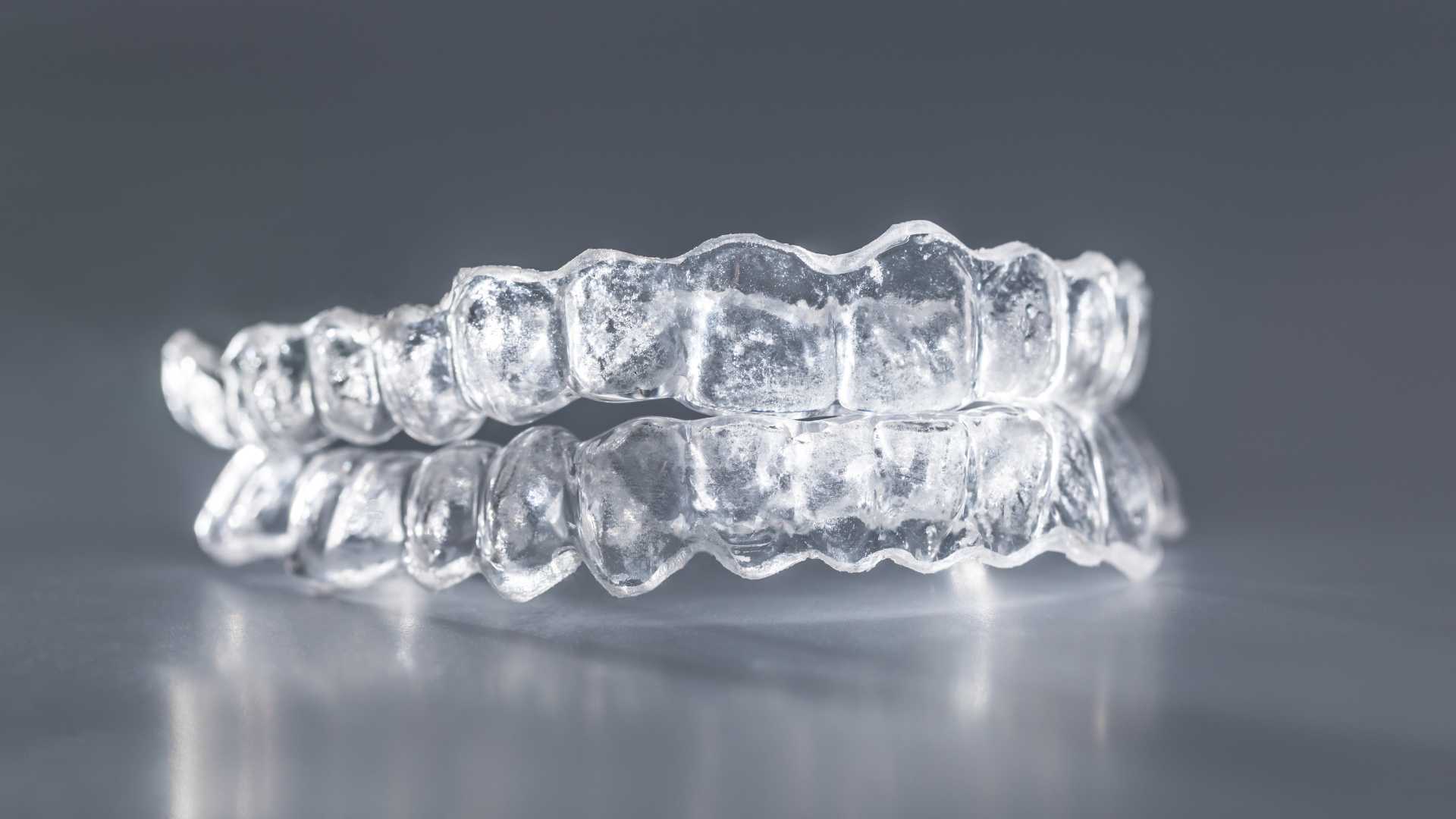Orthodontic treatment is a transforming move that can improve your smile, confidence, and general oral health. But when is the right time to start? The answer isn't one-size-fits-all.The answer is situationally and individually dependent.
The Importance of Timing in Orthodontic Treatment
Starting orthodontic treatment at the right time can make the process smoother and more effective. For instance, catching dental issues early can prevent more significant problems later. But waiting for the "perfect moment" might also mean delaying necessary care. Understanding the ideal timeline is crucial for optimal results.
What Is Orthodontic Treatment?
Orthodontic treatment mainly aims to straighten the teeth and jaw. Using orthodontic tools, such as braces or transparent aligners, can facilitate the movement of teeth into their ideal positions. Having a beautiful smile isn't the only aim; proper jaw alignment also lessens the likelihood of issues like cavities, gum disease, and trouble chewing.
When Should Children Begin Orthodontic Assessments?
The American Association of Orthodontists recommends that children undergo their initial orthodontic assessment no later than age 7. Why so early? This is when permanent teeth are beginning to emerge, and early detection of issues can make a significant difference.
Real-Life Example: Emily'sEmily's Early Assessment
Emily, a shy seven-year-old, had an orthodontic evaluation after her parents noticed her teeth weren't coming in straight. The orthodontist identified crowding and recommended a simple, early intervention. By starting treatment early, Emily avoided more extensive procedures later in her teens.
Orthodontic Treatment for Teenagers
Teenage years are often the most common time for orthodontic treatment. Most permanent teeth have come in by this age, making it easier to address alignment and bite issues. Teenagers are also better equipped to handle the responsibility of maintaining braces or aligners.
Story: Jake'sJake's Teen Braces Experience
Jake was 14 when he started wearing braces. At first, he was apprehensive, but after a few months, he became proud of the progress he saw in the mirror. His confidence had soared by the time he turned 16, thanks to his beautifully aligned teeth.
Is Orthodontic Treatment Only for Kids and Teens?
No way! Orthodontic therapy is appropriate for adults as well. It is never too late to get the straight teeth you've always wanted, even if you didn't get braces when you were a kid or if your teeth have moved over the years.
A Personal Story: Sarah'sSarah's Smile Makeover
Sarah, a 35-year-old professional, always felt self-conscious about her crooked teeth. After starting treatment with clear aligners, she noticed a boost in her confidence during work presentations. The process was discreet and fit seamlessly into her busy lifestyle.
Factors to Consider Before Starting Orthodontic Treatment

Dental Health
Before beginning treatment, ensuring your teeth and gums are healthy is essential. Any underlying concerns, including cavities or gum disease, should be addressed first.
Timing and Convenience
Consider the timing of the treatment, including school, work, or other commitments. Orthodontic care requires regular appointments, so planning is crucial.
Budget
Getting braces is a smart move for your self-esteem and health. Many clinics, including those in bustling hubs like Dubai, offer flexible payment plans to make treatment more accessible. Warning Signs That It Could Be Time to See an Orthodontist
When You Might Benefit From Orthodontic Treatment
Sometimes, it is not immediately clear when orthodontic care is necessary. Here are a few signs to look out for:
- Difficulty Chewing or Biting: Misaligned teeth can make eating uncomfortable.
- Crowded or Overlapping Teeth: This is a standard indicator that orthodontic intervention may be required.
- Speech Difficulties: Alignment issues can sometimes affect speech clarity.
- Jaw Pain or Clicking Sounds: These could be signs of bite problems that orthodontics can help resolve.
Suppose you notice any of these signs in yourself or a loved one. In that case, scheduling a consultation with an orthodontist is a good idea.
The Role of Modern Technology in Orthodontics
Technological advancements make orthodontic treatments faster, more comfortable, and more effective than ever. Clear aligners, for example, offer a nearly invisible option for those who want to avoid traditional braces.
Benefits of Clear Aligners
- Discreet Appearance: An adult favorite, clear aligners are almost undetectable.
- Comfortable Fit: They are custom-made and gentle on the gums and teeth.
- Convenience: The removable nature of aligners makes them easy to incorporate into everyday activities like eating and cleaning.
How to Maintain Your Results After Treatment
Once your treatment is complete, following through with retainers is essential to keep your smile in its new, beautiful alignment. Regular dental exams and excellent oral hygiene can keep your results in place.
Practical Advice: Retainer Care
- Always store your retainer in its case to avoid damage.
- Always use gentle soap and water to clean it, and never use toothpaste.
- Wear it as prescribed by your orthodontist to prevent teeth from shifting.
Common Myths About Orthodontic Treatment

Many misconceptions about orthodontic care may prevent people from seeking treatment. Let's debunk a few:
- Myth: Braces are only for kids
- Fact: Adults of all ages can benefit from orthodontics.
- Myth: Orthodontic treatment is purely cosmetic.
- Fact: Correcting alignment improves oral health and prevents future complications.
- Myth: Braces are painful.
- Fact: While there may be some initial discomfort, modern advancements have made the process much more comfortable.
When to start orthodontic treatment depends on personal needs, professional advice, and timing. Taking that first step toward a healthier smile can be life-changing for your child, teenager, or yourself. Don't hesitate to consult an expert to discuss your unique situation and options.
Frequently Asked Questions(FAQs)
1. When is the best age for a child to start orthodontic treatment?
Children should have their first orthodontic evaluation by age 7 to detect potential issues early.
2. Can adults get orthodontic treatment?
Regarding improving alignment and dental health, orthodontic treatment benefits adults of all ages.
3. What are the signs that someone needs orthodontic treatment?
Common signs include crowded teeth, difficulty chewing, jaw pain, or speech difficulties.
4. How long does orthodontic treatment typically take?
Treatment duration varies but often ranges from 1 to 3 years, depending on the case and method used.
5. Are clear aligners as effective as braces?
Clear aligners are removable, unobtrusive, and can be equally effective as traditional metal braces in many circumstances.












